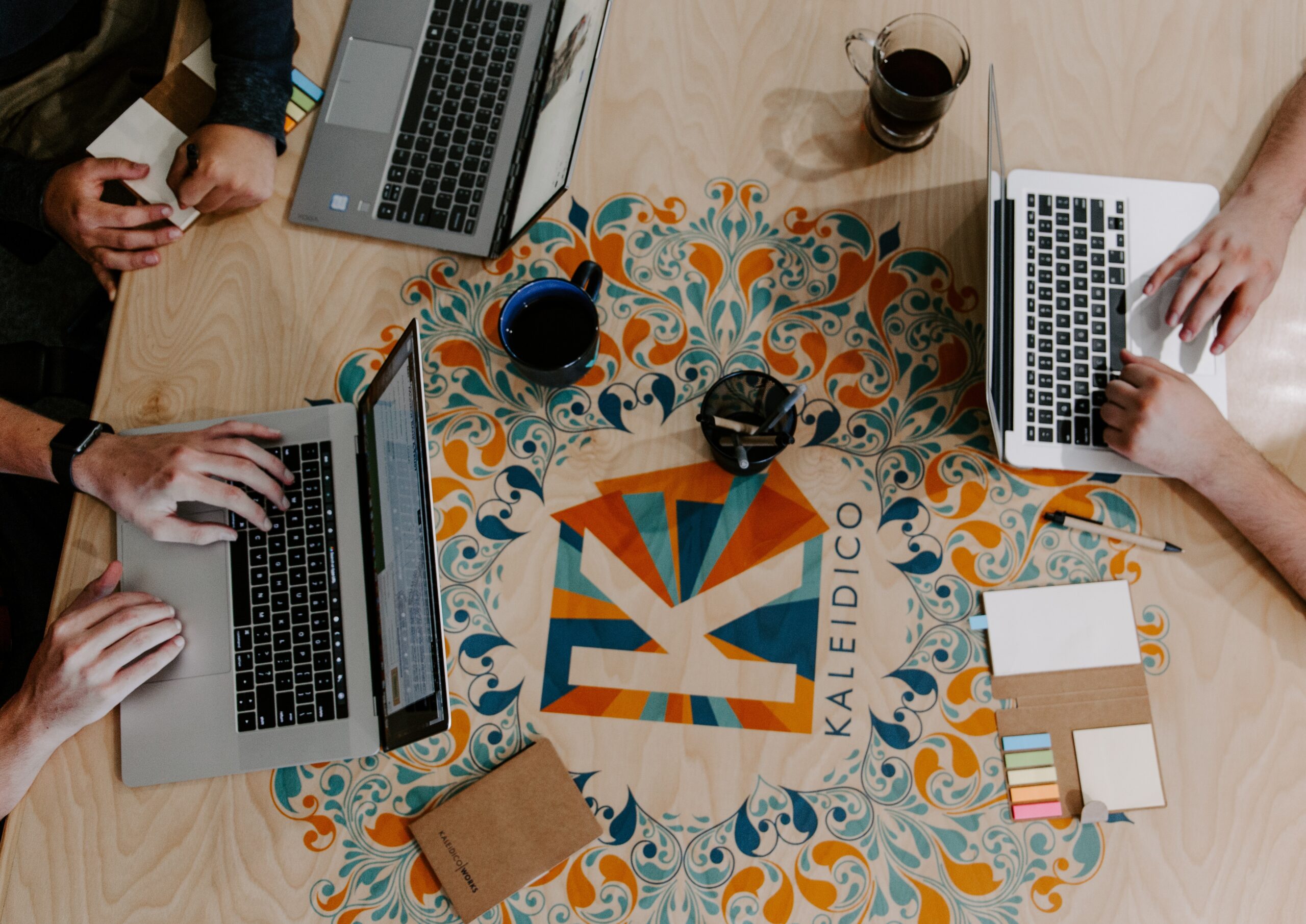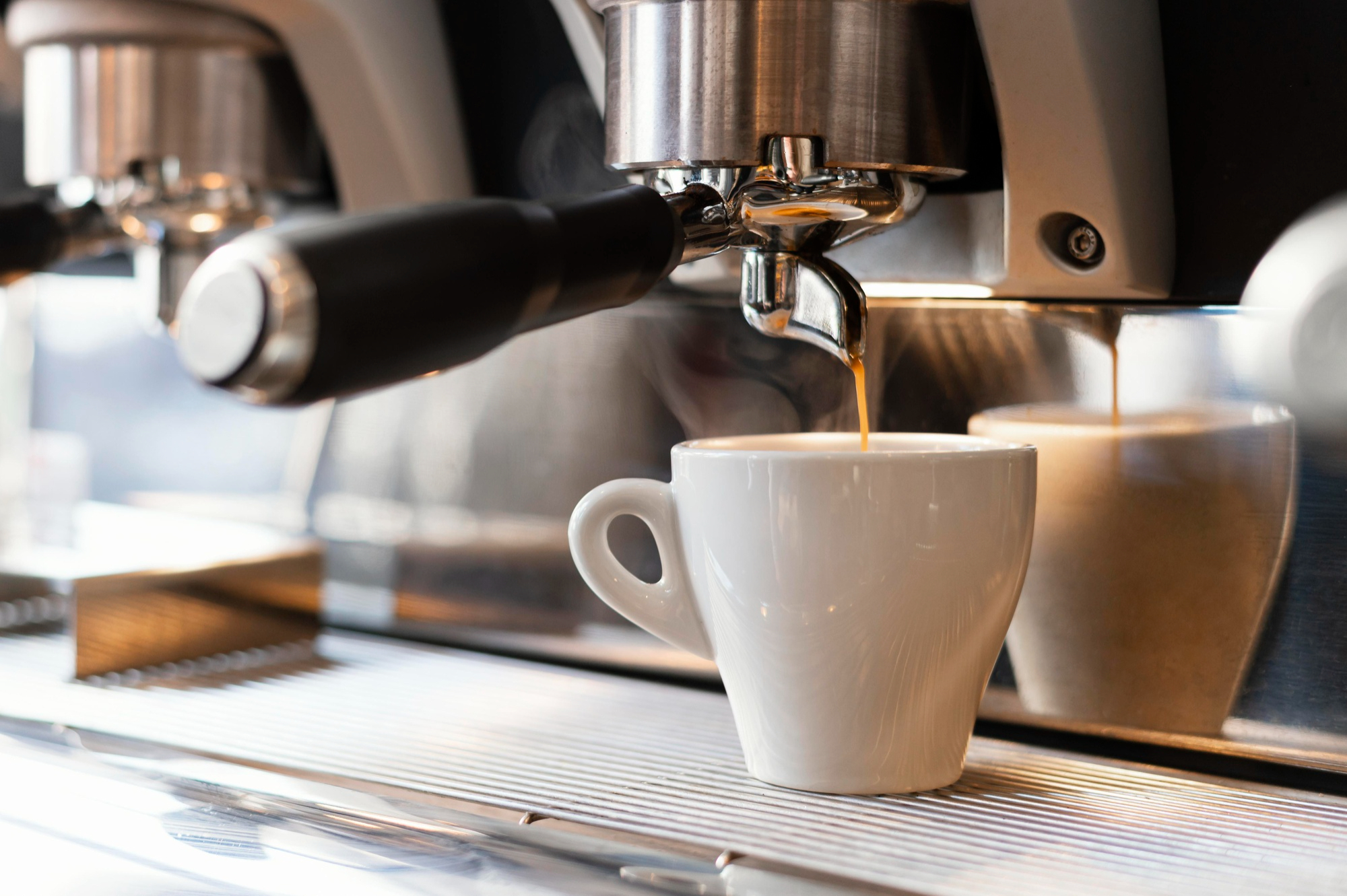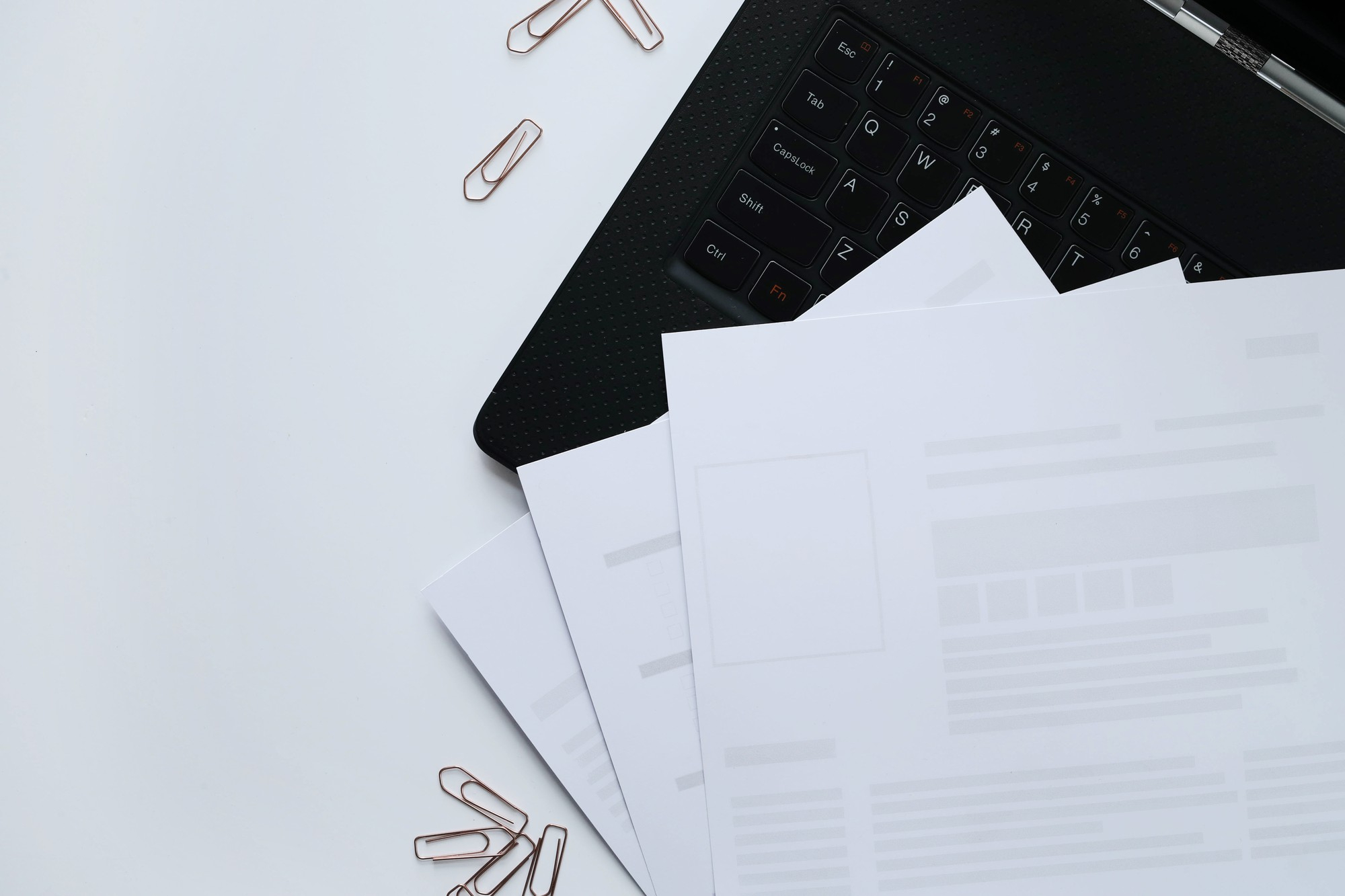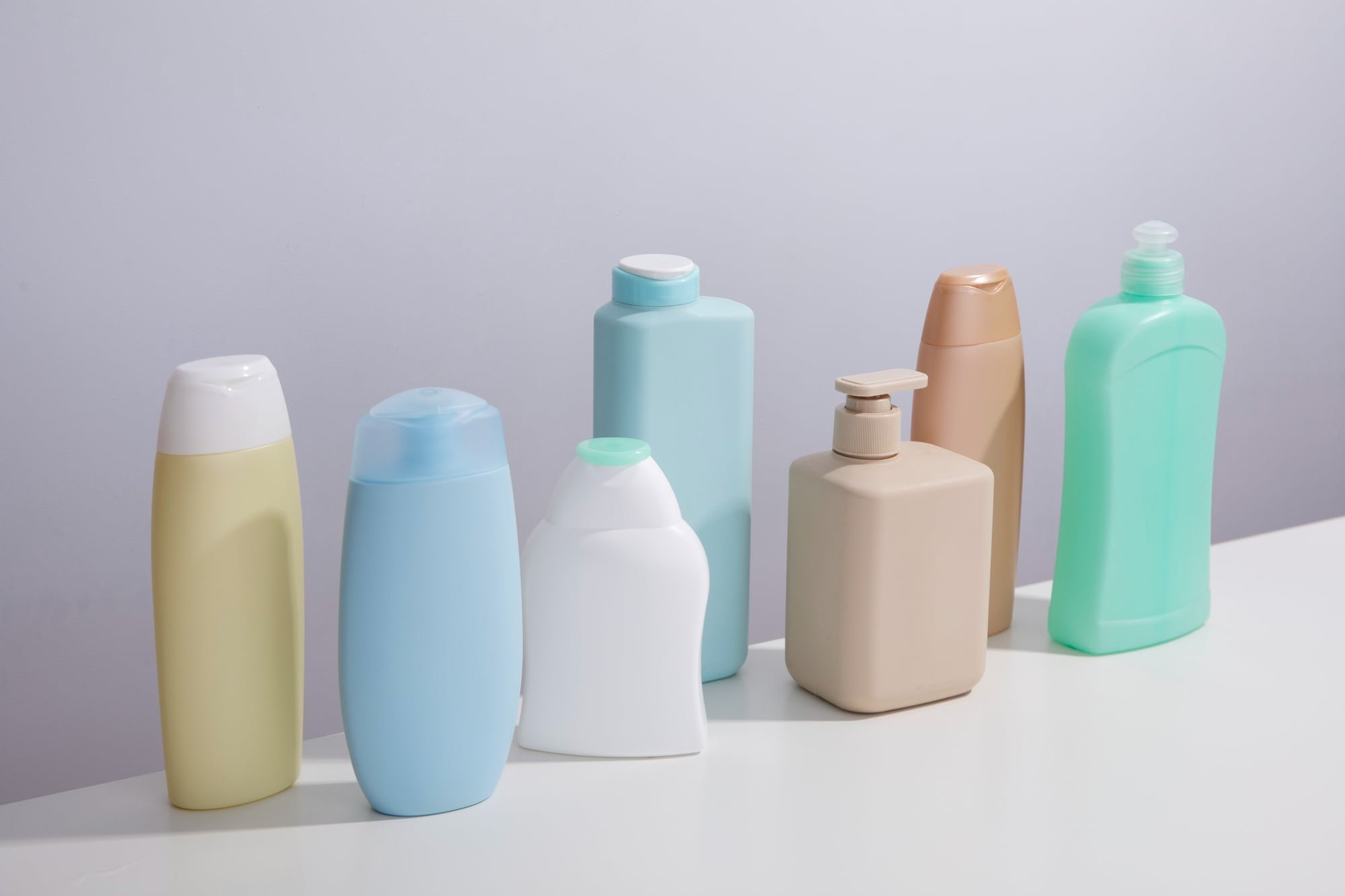Counterfeits are always intense when well-known products are counterfeited and sold on many sales channels, including offline and online methods. Some counterfeit products are drugs, functional foods, and cosmetics, which will directly affect consumers’ health and be always in a state of “out of stock”. Counterfeits have a serious impact on the image and reputation of the business producing authentic product. At the same time, allowing counterfeits to spread on the market will affect and confuse consumers, creating a negative impact on society. Currently, dealing with counterfeit is still challenging for many different reasons. Accordingly, this article will emphasise some situations related to investigating and handling counterfeit in Vietnam.
See more: The issue of statute of limitations for lawsuits in intellectual property disputes.
1. Legal provisions on handling counterfeits
Firstly, sanctions related to handling acts of trading, producing counterfeit,… have been enacted by the Government and handled according to administrative and criminal measures. The regulations have been updated, revised and adjusted to suit the practice. Accordingly, the counterfeit has been defined and classified into many different categories, including:
a. Goods have a use of value or utility that does not follow the origin, essence, and name of the goods; goods that have no use of value do not follow the announced or registered use of value or use.
b. Goods have at least one of the quality criteria or essential technical characteristics or quantity of critical substances that create value use; goods’ utility only reaches 70% or less of the prescribed minimum level specified in technical regulations or quality standards registered, announced for application or written on goods labels and packages;
c. Counterfeit drugs as prescribed in Clause 33, Article 2 of the 2016 Law on Pharmacy and counterfeit herbal ingredients as specified in Clause 34, Article 2 of the 2016 Law on Pharmacy.
d. Veterinary drugs, plant protection drugs without active ingredients; there are not enough types of registered active ingredients; having active ingredients different from those stated on the labels or packages of goods; having at least one of the active ingredient concentrations reaching 70% or less of the minimum level specified in the registered or announced technical regulations or quality standards.
e. Goods with goods labels or goods packaging indicating forged names and addresses of organizations or individuals producing, importing, or distributing goods; forging circulation registration codes, announcement codes, barcodes of goods or forging goods packaging of other organizations or individuals; falsifying the origin, the origin of goods or the place of production, packing or assembly of goods.
f. Stamps, labels, packaging of counterfeit goods.
Counterfeits exist in many different forms and types. Defining and classifying counterfeit into different categories will help expand the scope of protection of genuine products, preventing counterfeiting but not a basis for handling.
According to current legal regulations, as long as a trader or producer commits one of the acts in a chain of acts, they are also considered engaged in producing or trading counterfeit. Typically, producing is understood as the performance of one, several or all operations of manufacturing, prepressing, printing, processing, ordering, preliminary processing, processing, extraction, recycling, assembling, mixing, grading, transferring, loading, packing and other activities that make goods. Similar to the act of trading, if the counterfeit seller performs one, several or all activities of offering, displaying, storing, preserving, transporting, wholesale, retail, export, importing and other activities to bring goods into circulation are also considered to have committed the act of trading in counterfeit.
Secondly, many administrative authorities have the function and power to handle administrative violations of counterfeit, including chairpersons of people’s committees at all levels, market surveillance, police units, customs and inspectors. Depending on several specific cases and the product being counterfeited, the quantity and value of the counterfeit product, many authorities will participate in the investigation process (please find the case study in section 2). As for handling administrative violations, there are some caveats regarding the maximum fine. Specifically, the maximum sanction for individuals in the production and trading of counterfeit is VND 200,000,000; for organizations being 400,000,000 VND. The sanction mainly handles the confiscation of material evidence. The additional sanctioning form will depend on each specific action and corresponding sanctions.
2. Handling of counterfeit in practice and the process of application of legal provisions
It is impossible not to mention the efforts of the state authorities to handle and investigate many cases of handling counterfeit. Some notable cases include the case of Hoa Phat Group handling counterfeit steel products; the case of forging medical masks by Viet Han Co., Ltd. or the most typical case is the case of forging the Choco Pie trademark of Pham Nguyen Confectionery Company Limited (hereinafter referred to as the “Pham Nguyen” company).
From the author’s point of view, handling counterfeiting the Choco Pie trademark by Pham Nguyen Company is a typical case of handling counterfeit goods in general and handling counterfeit trademarks in particular. Trademark owners have effectively applied to handle measures such as temporary suspension of customs procedures for goods suspected of infringing upon intellectual property rights – this is one of the control measures on importing and exporting goods related to intellectual property; perform the assessment of Choco Pie signs attached on product boxes of Pham Nguyen Company against the Choco Pie trademark which has been protected exclusively by Orion Corporation (Korea),… In addition, the value of counterfeit intellectual property goods has high value. In the process of handling, it is necessary to cooperate with many different functional authorities such as economic police, customs authorities, and inspectors of the Ministry of Science and Technology, Ho Chi Minh City People’s Committee,….. From the case study of counterfeit trademark goods between Pham Nguyen Company and Orion, some realities in the process of handling counterfeit and lessons learned that owners could refer to, which are:
- Actively register for protection of intellectual property. The issue of proactively registering for the protection of intellectual property properties in general and trademark registration, in particular, is the most optimal measure to protect the owner’s rights. When detecting a violation, the owner has the basis for requesting handling of the violation. Unlike the copyright to a work that is automatic, industrial property rights such as trademarks, industrial designs, inventions, etc. are only established based on the state authority’s decision to grant a certificate or recognize international registration under international treaties, which is the Socialist Republic of Vietnam is a member. If the owner does not actively register for protection, the basis for the owner’s protection will usually be downward and powerless when the violation occurs. If the owner want to handle it, the owner must provide much evidence related to ownership. In some cases, the owner can not request to handle it. For example, for a product, the owner only registers for trademark protection but not for the design of the product bottle model. At the time of detecting that an organization is counterfeiting products, the owner can only handle it according to the measures of trading, producing goods with counterfeit trademarks, and acts of unfair competition. The owner will not be able to claim the act of using the industrial design because the owner has not registered for protection and cannot register for protection because the sample of the bottle containing the product has been made public. Accordingly, the sample bottle has lost its novelty and is no longer eligible for registration under the provisions of the Intellectual Property Law.
- Information investigation. The process of investigating information during processing is fundamental. The fact is that the enterprise is a subject that is tracking, collecting and investigating the product being counterfeited. It may also be understandable when only the enterprise understands how the source of the product is produced, distributed and circulated in the market; the signs and characteristics of the product to distinguish the genuine from the counterfeit. The investigation and information collection phase will take a long time and need patience because the purpose is to find the manufacturer and distributor so that the owner can make a plan to solve. Many enterprises will have different ways of investigating information. Usually, they will start with retailers, distribution agents, and online sales channels to localize the investigation. At the beginning of the investigation phase, the owner may be surprised when the product is widely and blatantly counterfeit because it not only has manifestations such as a variety of models, flexible prices and a wide range of products. In the case of Pham Nguyen Company, the investigation and tracking process is the decisive factor in finding out when the shipment will be imported and carrying out customs procedures for the temporary suspension. The owner has chosen precisely the time to carry out the necessary procedures for the state authority to coordinate the inspection and confiscation of the shipment.
- Challenging in the investigation process. Currently, counterfeiters have constantly been developing methods of producing/counterfeit trading. In practice, producers and traders often change their ways of producing/trading counterfeit, performing organized acts, and closely colluding and assigning tasks from production to distribution, contacting buyers, packaging and shipping. At each of the stages mentioned above, counterfeiters are completely capable of performing at each different location and tracing each area is pretty complicated and time-consuming to track. On the other hand, it is tough to check and verify when tracing counterfeit sales addresses on e-commerce sites because (i) the address shown on the website is usually a fake address and (ii) upon arrival of verification, although it is the correct address, it is not the address of the seller of the counterfeit.
- Challenges for owners. Clearly, in handling and dealing with counterfeit goods, the owner suffers a lot because they have to invest expenses and efforts to create the product and bring it to the market. Within specific products such as drugs and cosmetics, conditions for registration of circulation and other procedures that the owner must meet can also be seen as a burden that businesses must accept. On the other hand, companies also have to monitor and handle counterfeit. Although the law does not have explicit provisions when enterprises want to request the authorities to handle counterfeit, the owners frequently have to prove themselves as the legal owners and make other procedures such as industrial property assessment to have grounds and evidence when handling civil lawsuits at Court. Inspection fees are often quite expensive and the owner must pay in advance. Not to mention other expenses such as hiring a lawyer, the charge of monitoring to handle, .. that the owner also has to bear.
It is clear that the challenges in dealing with counterfeit will not be temporary and cannot be slove thoroughly. It is considered a long battle and needs many different actors’ efforts, companionship, and cooperation. First of all, in terms of consumers, consumers need to raise consumer awareness, learn carefully about the origin and characteristics of products and give up the consumption habit of being “hungry to buy quality but the low price”. Choosing to buy products at large and reputable chain stores will contribute to helping consumers purchase quality products and ensure safety for their health. In terms of businesses, an essential and prerequisite factor is that enterprises need to protect their products by actively registering for intellectual property protection such as trademarks, industrial designs, copyrights, etc. …. Actively monitoring and announcing potentially counterfeit products guide consumers to distinguish between genuine and fake goods. In addition, businesses can take advantage of technological solutions applied to products such as anti-counterfeiting stamps, QR codes, traceability stamps, etc. Product packaging samples should also be periodically changed and should not be expressed too simply. Unusual signs make it difficult for counterfeiters to imitate produce and sell counterfeits. Finally, state authorities play an essential role in dealing with counterfeits. The fact is, processing delays, overlapping jurisdictions in processing and settlement and other issues still need to be revised and remedied to protect consumers, businesses and safety in the consumer market.
Disclaimer: This article is for general information only and is not a substitute for legal advice. Apolat Legal is a Vietnamese law firm with experience and capacity to advise on matters related to Intellectual property. Please click here to learn more about our services and contact our lawyers in Vietnam for advice via email info@apolatlegal.com.





































